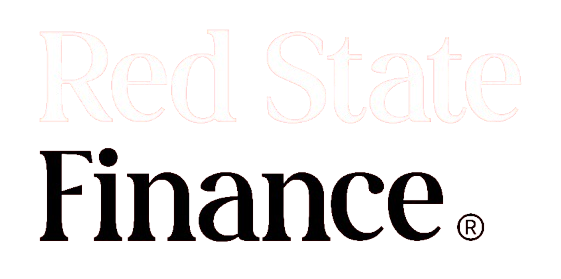In an alarming trend, Americans are increasingly leaning on their credit cards to cover everyday expenses, pushing credit card debt to a new record high.
According to a report from the New York Federal Reserve published on Tuesday, total credit card debt soared to $1.14 trillion at the end of June, marking a $27 billion (or about 1%) increase from the previous quarter. This figure is the highest on record, with Fed data tracing back to 2003.
The Rise in Debt and Delinquencies
Credit card delinquencies have also been on the rise, surpassing pre-pandemic levels. By June, about 9.1% of outstanding credit card debt was in some stage of delinquency, up from 8.5% in the previous quarter. This increase is concerning, especially as Americans grapple with rising costs and high-interest rates.
The surge in credit card usage comes at a time when interest rates are at historic highs. The average credit card annual percentage rate (APR) reached a record 20.73% last week, as per Bankrate data going back to 1985. The previous peak was 19% in July 1991. For Americans carrying significant debt, the implications are severe. A typical American with $5,000 in credit card debt, under current APR levels, would face approximately 279 months and $8,124 in interest payments to clear the debt by making only the minimum payments.
The Broader Debt Landscape
The increase in credit card debt is a significant contributor to the overall household debt, which has now ballooned to a staggering $17.8 trillion. This represents a $109 billion (or 0.6%) rise from the end of March. Auto loan balances have also climbed, increasing by $10 billion in the fourth quarter to $1.62 trillion. Mortgage balances saw a substantial jump of $77 billion, reaching $12.51 trillion. Meanwhile, student loan debt fell by $10 billion, though missed federal student loan payments will not be reported to credit bureaus until the end of 2024.
The Fed’s Rate Hike Campaign and Its Impact
The rise in balances follows the Federal Reserve’s aggressive interest rate hike campaign aimed at curbing persistent inflation and cooling the overheated economy. While inflation has eased somewhat in recent months, it still stands at 3% higher compared to the same period last year, based on the latest Labor Department data.
Financial Pressures on Households
The inflation spike has placed substantial financial pressure on American households, forcing them to pay more for basic necessities such as food and rent. The burden is especially heavy on low-income Americans, whose already tight budgets are severely impacted by price increases. As these individuals turn to credit cards to make ends meet, they risk falling into a cycle of debt that is increasingly hard to escape.
Bankruptcies and Delinquencies
As of June, around 3.2% of total debt was in some stage of delinquency, unchanged from the previous quarter. Additionally, approximately 136,000 consumers had a bankruptcy notation added to their credit reports, an increase from the previous quarter. Despite this uptick, researchers note that new bankruptcies remain at relatively low levels.
Looking Ahead
The rising debt levels and delinquencies underscore the financial strain many Americans are experiencing. With inflation still a factor and interest rates at record highs, the economic outlook for many households remains uncertain. As the Federal Reserve continues its efforts to stabilize the economy, the ripple effects on household finances will be closely watched.
The financial landscape is precarious, and for many, the reliance on credit cards to cover everyday expenses is a clear indicator of the economic challenges that lie ahead. The surge in debt and the rising cost of borrowing highlight the need for careful financial planning and the potential risks of relying heavily on credit in an inflationary environment.









